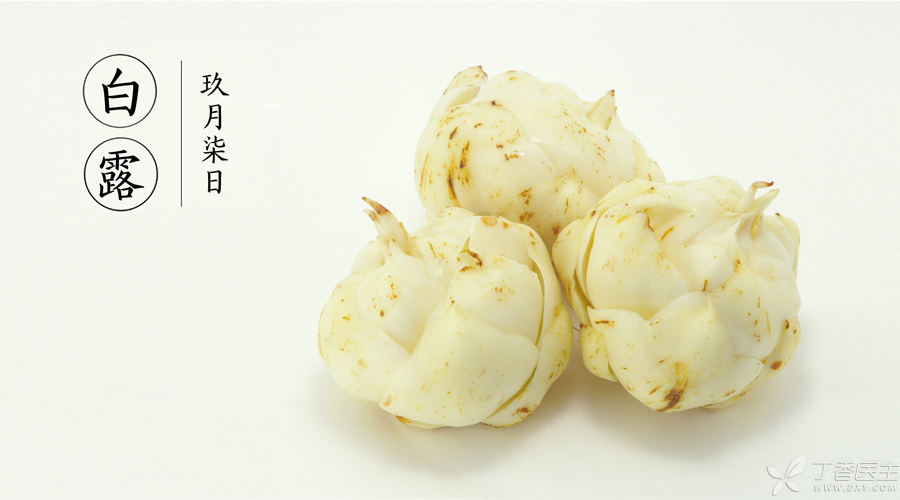
As the white dew comes, the autumn atmosphere is getting thicker and thicker. As the temperature difference between day and night gradually increases, in the early morning, we can also see clear dewdrops condensed on the tip of the grass leaves.
Taking advantage of the fact that the summer heat has subsided and the autumn is brisk, it is a good choice for the family to go outdoors more.
However, while the north wind brings fresh blue sky, it also brings dry air. It is better to have some dry porridge water. It is said that lily can moisten lung and eliminate phlegm, and can also be beauty beauty. Therefore, among many porridge products, lily porridge is particularly attractive.
Do these garlic-like lilies have such magical effects, and do they have what relations with the lilies we see in the flower shop?
Lily, good-looking and delicious
Lilium is a large family with about 80 species (39 species in China), both edible and flower varieties.
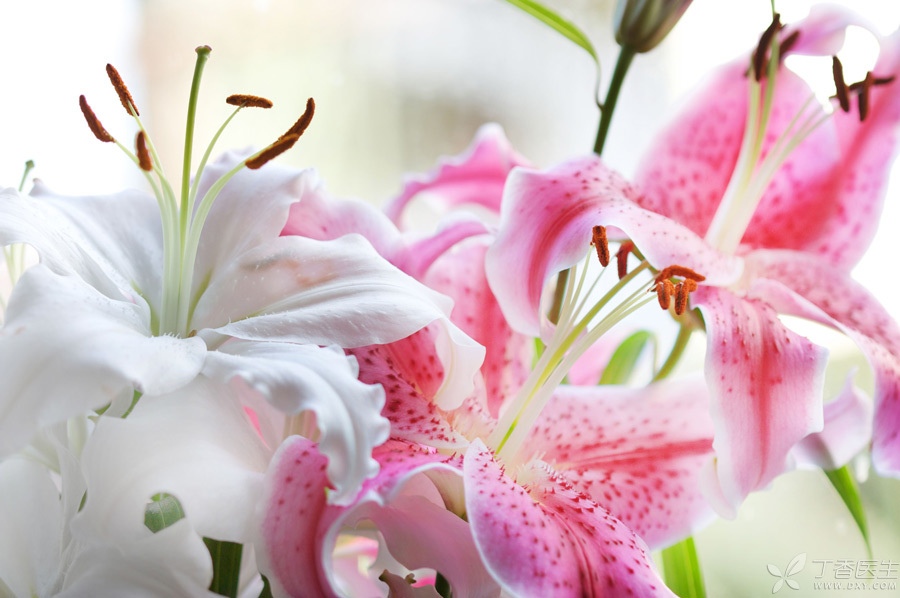
The lily we usually buy is a variety of hybrid cultivars. Among the flower lily species, musk lily (Lilium longiflorum) occupies a very important position, and perfume lily is their descendant.
However, the lilies like garlic cloves in the vegetable market are still pure, mainly Yixing lily (cultivated variety of Lilium lancifolium), Sichuan lily and Lanzhou lily, and the parts we eat are lily bulbs like garlic.
Lily cloves
The reason why lily [garlic cloves] are called bulbs is that these special stems are wrapped in scaly structures.
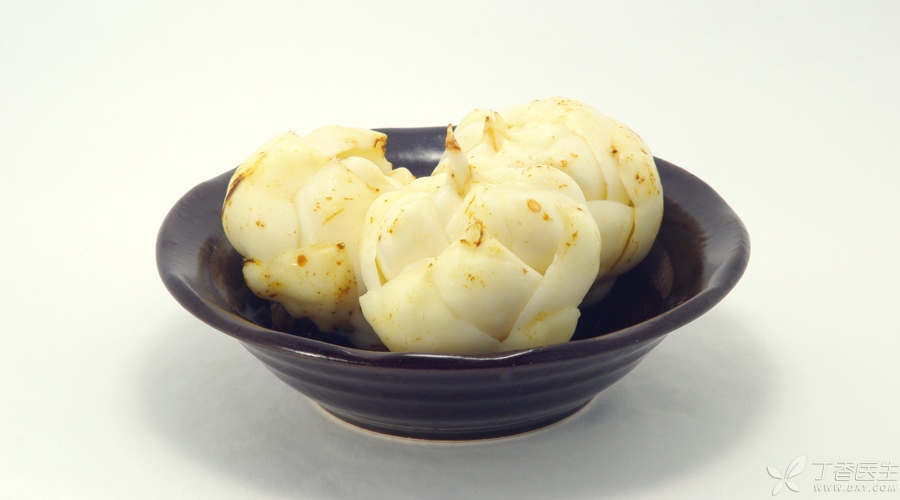
Every autumn, when the lily seeds are ripe, the bulbs are the fattest and tender. The bulbs contain a lot of starch, which is why cooked lilies taste very flour. Of course, because sugar is also present in the bulbs of lilies, they are also sweet, soft and glutinous, just like sliced sweet potatoes or yams.
As far as nutrition is concerned, lily is quite in line with human needs. Originally, bulbs are the nutrition warehouse for lily to grow again in the coming year.
In addition to starch and sugar (38.8 g/100g), fat (0.1 g/100g) and protein (3.2 g/100g) are also stored in this warehouse, as well as various mineral nutrients such as calcium, phosphorus and magnesium.
Therefore, it is also good to cook lily and grain as partners of rice porridge.
Here to remind everyone, as we just said, lily bulbs store a lot of starch, more than the same weight of sweet potatoes, potatoes. Therefore, friends with high blood sugar and diabetes, if they eat lily, they should reduce the amount of some staple food accordingly, so as not to exceed the energy standard and cause blood sugar fluctuations.
Can it moisten the lung and relieve cough
In addition to these basic nutrients, is there any antitussive ingredient in lily?
In Compendium of Materia Medica, the efficacy of Lily is described as follows:
The main pathogenic factors include abdominal distension and heartache, beneficial defecation and urination, invigorating the middle warmer and qi, removing edema and distension, fullness and cold and heat, pain all over the body, breast difficulty and throat arthralgia, and stopping tears.
Through chemical analysis and animal experiments, it is now found that lily extract has certain antitussive effect, which may be related to one of the components called colchicine, but it has not been thoroughly studied, and further research is needed to find out who the antitussive component in lily extract is.
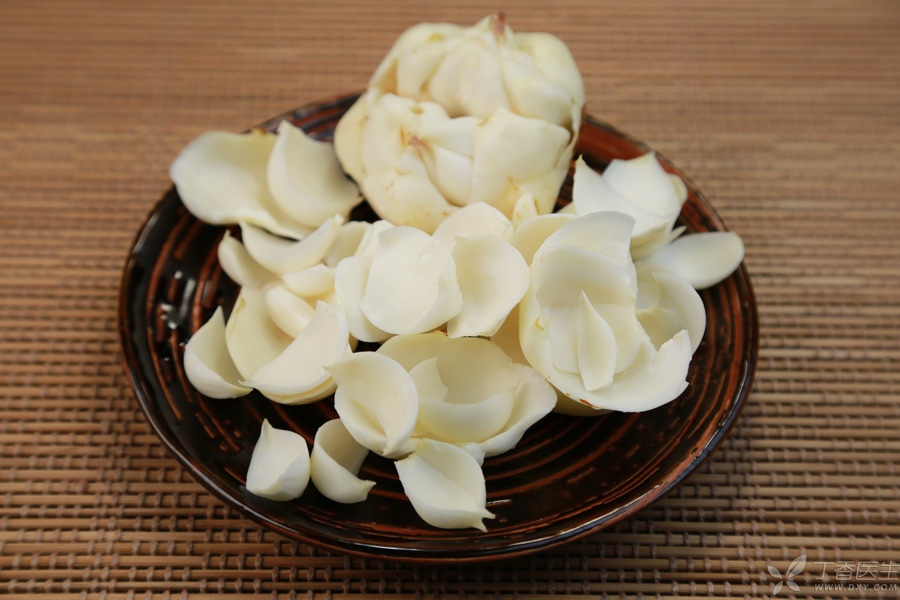
However, I would like to remind you that the antitussive effect of lily is actually far less than that of antitussive drugs. If the cough is too severe, you must take the drugs on time under the guidance of a doctor. You cannot believe in the antitussive effect of lily and pour a bowl of lily porridge yourself.
In addition, lily polysaccharide is believed to have antibacterial, anticancer and anti-fatigue effects. However, this is also in the research stage and no conclusion has been reached.
Therefore, it is not necessary to deify the efficacy of lilies, but only to treat them as a food that can adjust tastes and provide various nutrients.
Attention to Colchicine in Raw Lily
Although the colchicine content in edible lily is already very low, we still need to note that the colchicine content in some dried lily products can reach 4.58%.
Because colchicine not only has acute toxicity, but also has cytotoxicity. If ingested in excess, it will cause nausea, vomiting and other symptoms in mild cases, and damage liver and kidney in severe cases.
However, there is no need to worry too much. Colchicine is not heat resistant and is soluble in cold water. Therefore, colchicine can be destroyed as long as it is soaked and heated in cold water for enough time, so that the treated lily can be eaten at ease.
Autumn Tasty: Stir-fried Lily with Celery
Celery fried lily is a favorite vegetable. Celery is green and lily is clean. The two colors set each other off and are very gratifying.
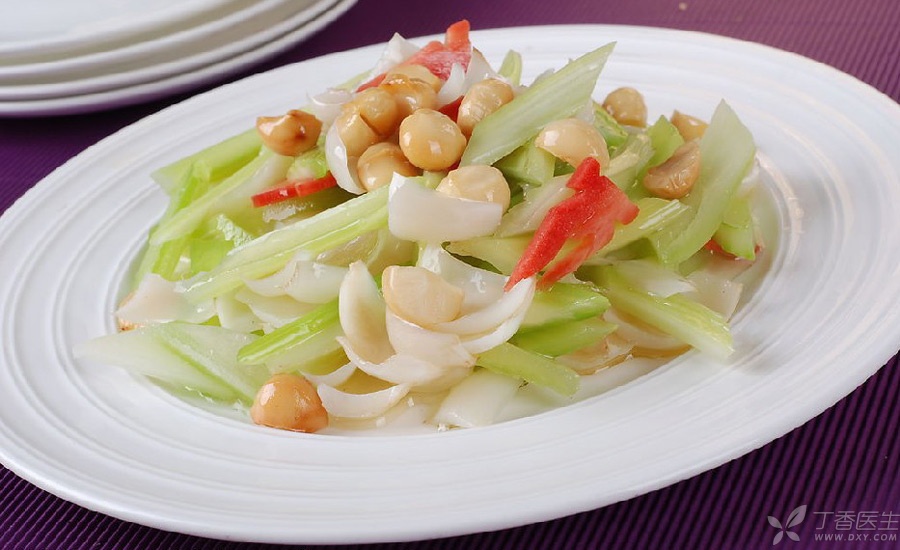
However, there are still some tips to achieve the effect of crisp and tender celery and soft and glutinous lily after this dish is made. Never mix the two ingredients directly and stir-fry them together. If this is done, either lily is not cooked and has starch flavor, or celery is too soft and ripe and its shape and flavor are completely lost.
In fact, to make a delicious and good-looking dish of celery fried lily, the trick is to boil the lily well first. Try it with Dr. Clove as soon as possible.
1. Break the fresh lily and wash it. Wash the celery and cut it into small pieces.
2. Blanch lily in boiling water until it is cut off, take it out and drain.
3. Stir-fry celery with hot oil, then add scalded lily, season and serve on a plate.
